Home>Gardening & Outdoor>Landscaping Ideas>How Soon To Plant Grass Seed
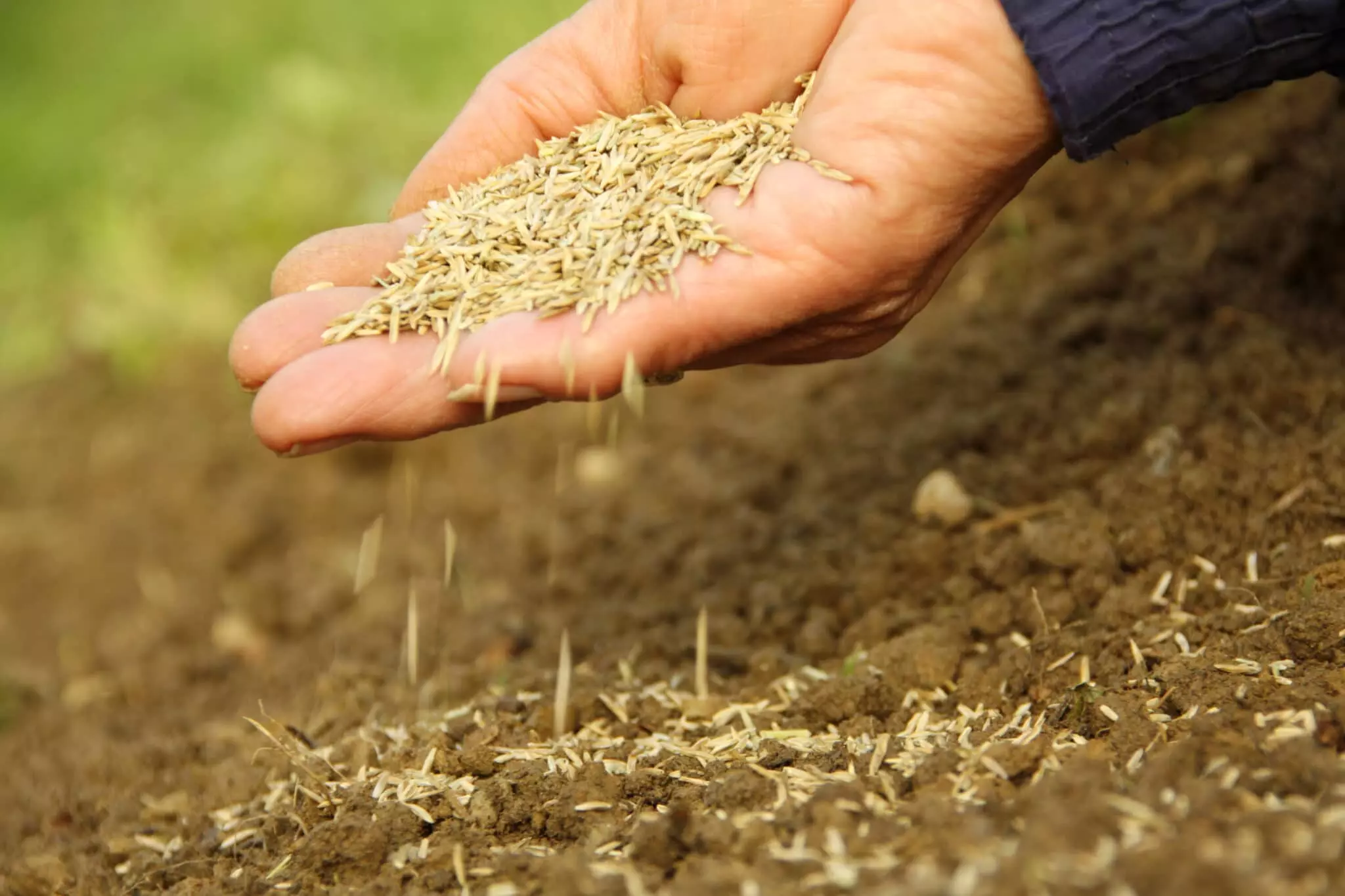

Landscaping Ideas
How Soon To Plant Grass Seed
Modified: March 24, 2024
Discover the best landscaping ideas for planting grass seed and learn how soon to start your lawn project. Find expert tips and advice for successful results.
(Many of the links in this article redirect to a specific reviewed product. Your purchase of these products through affiliate links helps to generate commission for Storables.com, at no extra cost. Learn more)
Introduction
Landscaping can transform a dull outdoor space into a vibrant and inviting area. One of the key elements of a lush and healthy lawn is the grass itself. Whether you’re establishing a new lawn or rejuvenating an existing one, planting grass seed is a fundamental step in achieving a verdant landscape. However, the timing of when to plant grass seed is crucial for its successful germination and growth. Understanding the optimal time to sow grass seed, as well as the essential factors to consider, is essential for a thriving lawn.
In this comprehensive guide, we will delve into the best time to plant grass seed, the factors to consider before planting, and the essential steps to ensure successful grass seed establishment. By the end of this article, you will have the knowledge and confidence to cultivate a lush and resilient lawn that enhances the beauty of your outdoor space.
Key Takeaways:
- Timing is crucial when planting grass seed. Spring and fall are optimal seasons, but consider your region’s climate. Proper soil preparation and care are essential for a thriving lawn.
- Consider climate, soil, sunlight, and water before planting grass seed. Choose the right time, prepare the soil, select quality seed, and provide proper care for a lush and vibrant lawn.
Factors to Consider Before Planting Grass Seed
Before diving into the process of planting grass seed, it’s crucial to assess several key factors that can significantly impact the success of your lawn. Understanding these considerations will help you make informed decisions and set the stage for healthy grass growth.
Climate: The climate of your region plays a pivotal role in determining the type of grass that will thrive. Different grass species have specific climate requirements, such as tolerance to heat, cold, drought, or humidity. Research the climate zone of your area and choose grass seed varieties that are well-suited to the prevailing conditions.
Soil Quality: The composition and health of your soil directly influence the growth and vitality of grass. Conduct a soil test to assess its pH, nutrient levels, and texture. This information will guide you in making any necessary amendments to optimize the soil for grass seed germination and establishment.
Sunlight Exposure: The amount of sunlight your lawn receives is a critical factor in determining the type of grass that will thrive. Some grass species require full sun, while others are more tolerant of shade. Evaluate the sunlight patterns in your yard to select grass seed varieties that align with the available light conditions.
Water Availability: Adequate water is essential for the germination and early growth stages of grass seed. Consider the availability of irrigation or natural rainfall in your area. Choose grass varieties that are compatible with the water availability and have drought tolerance if needed.
Existing Vegetation and Weeds: Assess the presence of any existing vegetation or weeds in the area where you plan to sow grass seed. Clearing the space of weeds and unwanted plants will create a favorable environment for the new grass seed to take root without competition.
Time of Year: The timing of when to plant grass seed is influenced by the seasonal conditions in your region. Understanding the best time to sow grass seed will optimize the chances of successful germination and establishment, setting the stage for a thriving lawn.
By carefully considering these factors, you can lay the groundwork for a successful grass planting endeavor and pave the way for a resilient and vibrant lawn. With these considerations in mind, you will be well-prepared to move forward with the grass seed planting process.
Best Time to Plant Grass Seed
Timing is crucial when it comes to planting grass seed, as it directly impacts the germination and establishment of the new lawn. The ideal timing for planting grass seed varies depending on the climate and seasonal conditions of your region. Understanding the best time to sow grass seed will maximize the chances of successful growth and long-term lawn health.
Spring: Spring is often regarded as the optimal time to plant grass seed in many regions. As the temperatures begin to rise and the soil warms up, conditions become favorable for grass seed germination. The moderate temperatures and increased daylight hours create an ideal environment for the establishment of new grass. It is important to aim for early spring planting to allow the grass seedlings to develop before the heat of summer sets in.
Fall: Fall is another prime window for planting grass seed, particularly in regions with cool-season grasses. As the summer heat subsides and the soil retains warmth from the summer months, fall provides excellent conditions for grass seed germination. Additionally, the cooler temperatures and potential rainfall in the fall contribute to reduced water stress on the newly planted grass seed.
While spring and fall are generally the optimal seasons for planting grass seed, it’s important to consider the specific climate and conditions of your region. In some areas, a combination of both spring and fall planting may be beneficial, especially for establishing a resilient and lush lawn.
Understanding the best time to plant grass seed in your specific region is essential for maximizing the success of your lawn. By aligning the planting schedule with the seasonal conditions, you can set the stage for healthy grass growth and a vibrant, thriving lawn.
It’s best to plant grass seed in the early fall or early spring when the soil is warm and there is enough moisture for the seeds to germinate. Avoid planting in the heat of summer or the cold of winter.
Steps to Planting Grass Seed
Planting grass seed is a rewarding endeavor that requires careful attention to detail and proper execution. By following the essential steps outlined below, you can ensure the successful establishment of new grass and set the stage for a vibrant and resilient lawn.
Prepare the Soil: Begin by preparing the soil in the area where you intend to plant the grass seed. Remove any debris, such as rocks and branches, and conduct a soil test to assess its pH and nutrient levels. If necessary, amend the soil with organic matter or fertilizers to create an optimal environment for grass seed germination.
Loosen the Soil: Use a rake or a mechanical tiller to gently loosen the top layer of soil. This process helps create a favorable seedbed for the grass seed and promotes better soil-to-seed contact, aiding in germination.
Seed Selection: Choose high-quality grass seed that is well-suited to the climate and light conditions of your region. Select a grass seed variety that aligns with the specific needs of your lawn, whether it’s for high-traffic areas, shade tolerance, or drought resistance.
Sow the Seed: Evenly distribute the grass seed over the prepared soil using a seed spreader or by hand. Be mindful of the recommended seeding rates for the specific grass species to achieve optimal coverage without overcrowding.
Rake and Press: Gently rake the seeded area to lightly cover the grass seed with a thin layer of soil. Avoid burying the seeds too deeply, as they require adequate access to light for germination. After raking, use a lawn roller or gently press the soil to ensure good seed-to-soil contact.
Watering: Proper watering is essential for the germination and early growth of grass seed. Keep the seeded area consistently moist, but not waterlogged, to support germination. Depending on the weather and soil conditions, frequent light watering may be necessary to prevent the soil from drying out.
Maintenance: As the grass seed begins to germinate and grow, monitor the seeded area closely. Keep foot traffic to a minimum to avoid disturbing the delicate seedlings. Once the grass reaches a mowable height, gradually introduce regular mowing and maintenance practices to encourage healthy growth.
By following these steps and providing attentive care to the newly planted grass seed, you can nurture the growth of a lush and resilient lawn. Each step contributes to the successful establishment of the grass seed and sets the foundation for a vibrant outdoor space that enhances the beauty of your landscape.
Conclusion
Planting grass seed is a transformative process that holds the promise of creating a lush and vibrant lawn. By considering essential factors such as climate, soil quality, sunlight exposure, and water availability, you can lay the groundwork for successful grass seed establishment. Understanding the best time to plant grass seed, whether in the spring or fall, is crucial for optimizing the conditions for germination and growth.
Following the essential steps of preparing the soil, selecting high-quality grass seed, and providing proper care and maintenance sets the stage for a thriving lawn. As the grass seed germinates and takes root, it breathes life into the outdoor space, creating a welcoming and refreshing environment that beckons outdoor enjoyment.
Ultimately, the process of planting grass seed is a labor of love that yields long-lasting rewards. A well-maintained lawn not only enhances the aesthetic appeal of your property but also provides a space for relaxation, recreation, and connection with nature. The lush green expanse becomes a canvas for cherished memories, from leisurely picnics to playful gatherings, enriching the lives of those who tread upon it.
As you embark on the journey of planting grass seed, may this guide serve as a source of inspiration and practical wisdom. Let the vision of a thriving lawn guide your hands as you sow the seeds of transformation, nurturing the growth of a landscape that flourishes with vitality and beauty.
With careful planning, thoughtful execution, and a touch of patience, your efforts will yield a flourishing lawn that stands as a testament to the power of nature and the artistry of landscaping. Embrace the journey, and may the fruits of your labor manifest in a tapestry of green that enriches your outdoor haven for years to come.
Frequently Asked Questions about How Soon To Plant Grass Seed
Was this page helpful?
At Storables.com, we guarantee accurate and reliable information. Our content, validated by Expert Board Contributors, is crafted following stringent Editorial Policies. We're committed to providing you with well-researched, expert-backed insights for all your informational needs.
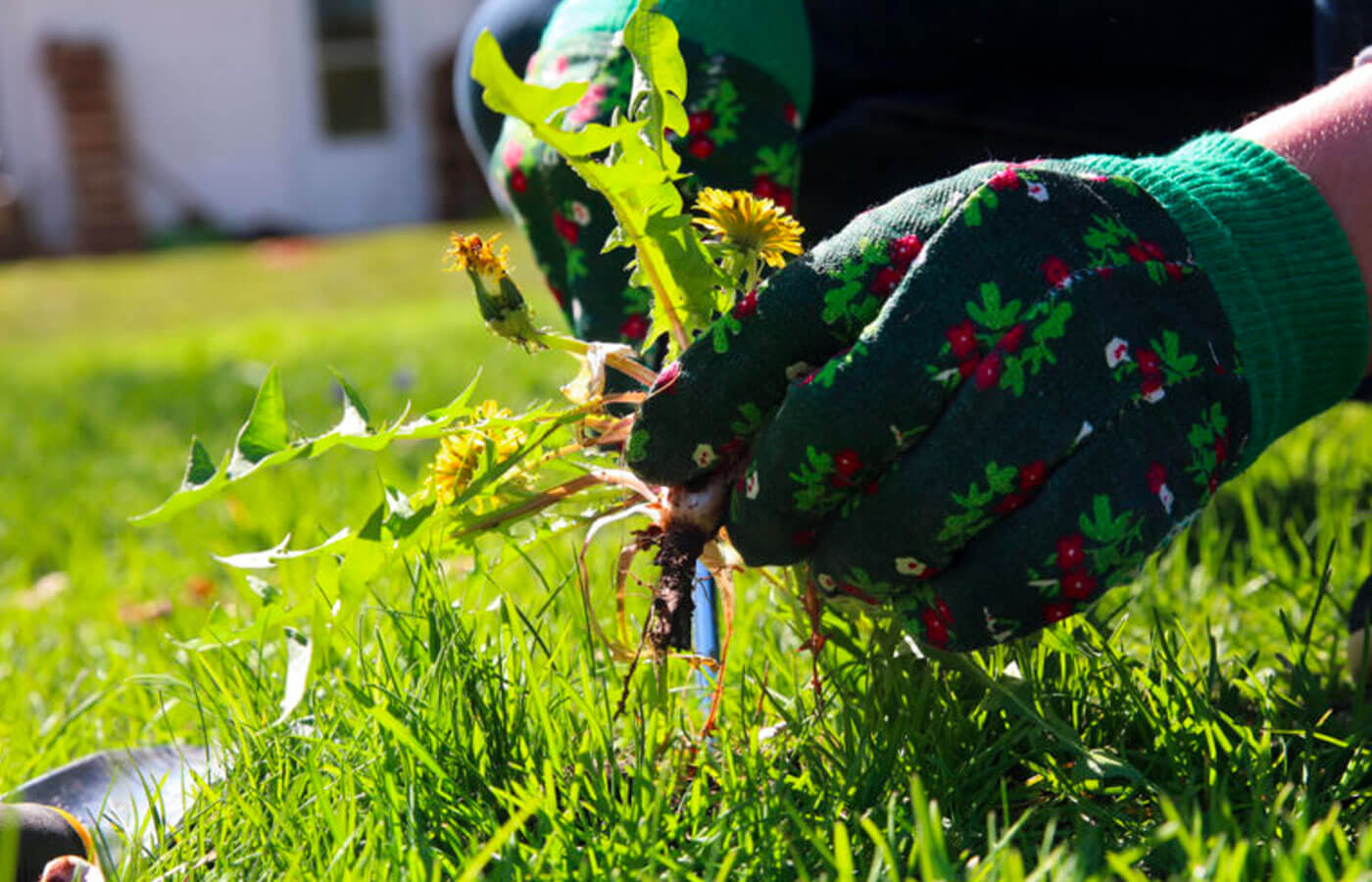
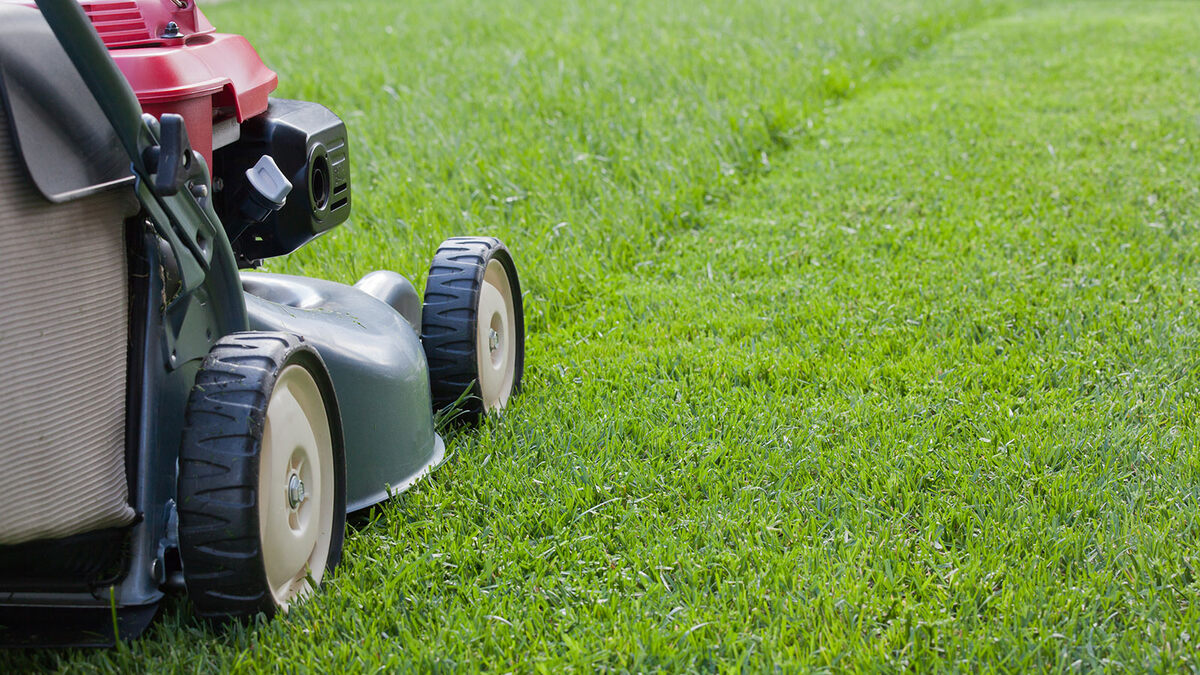
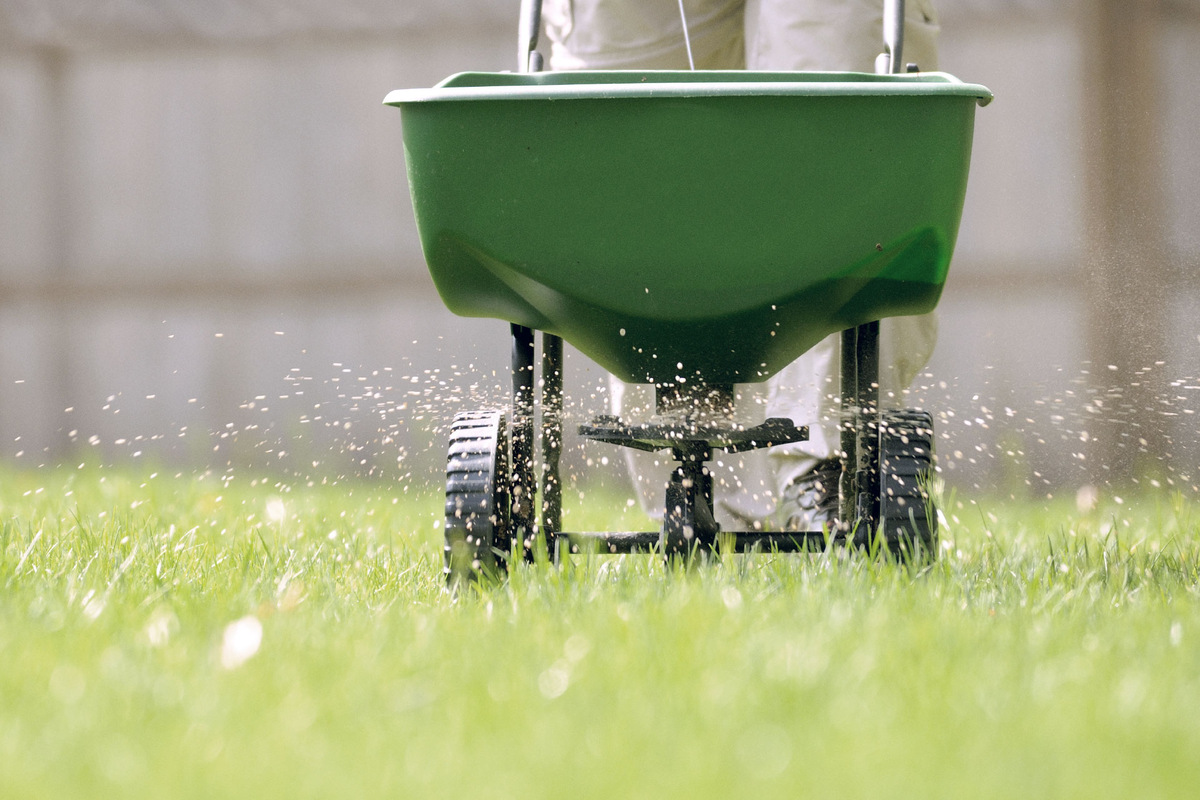
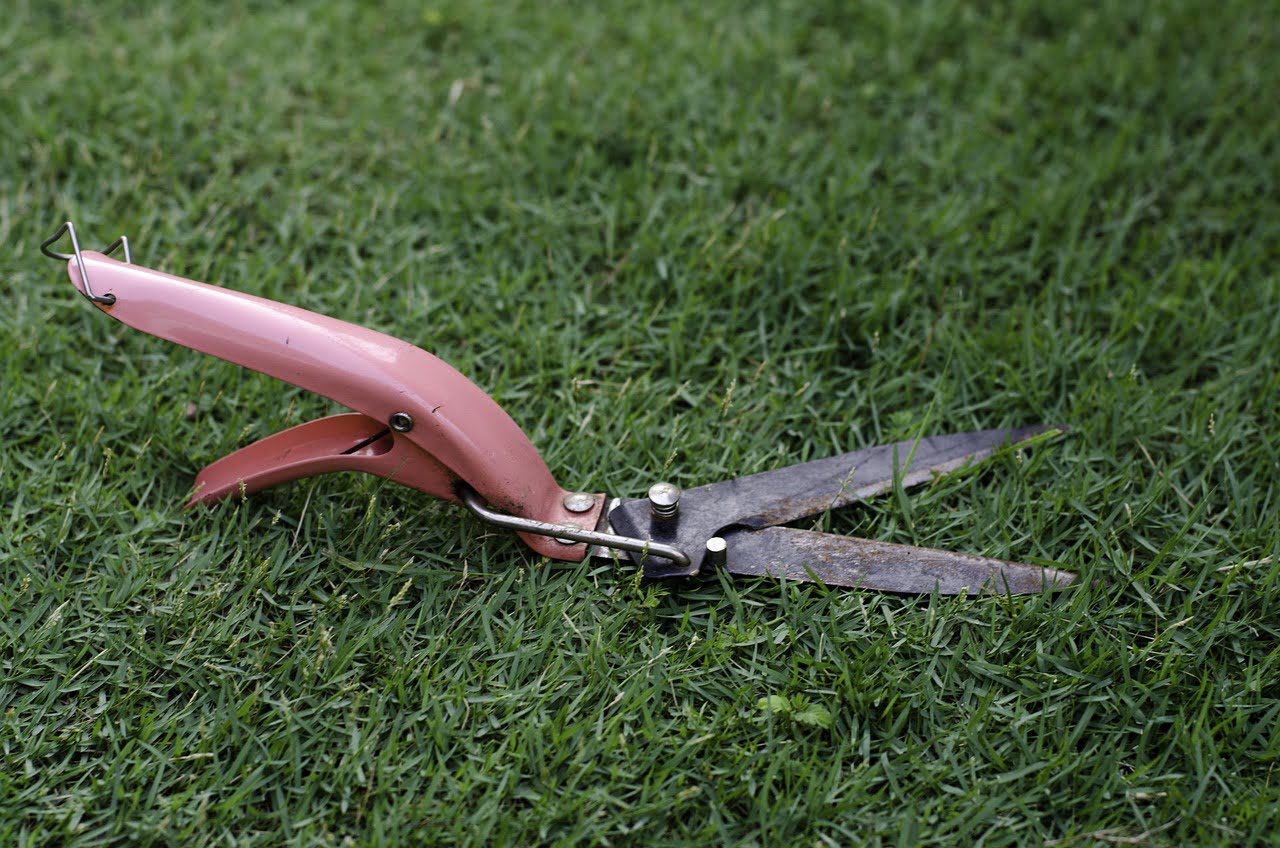
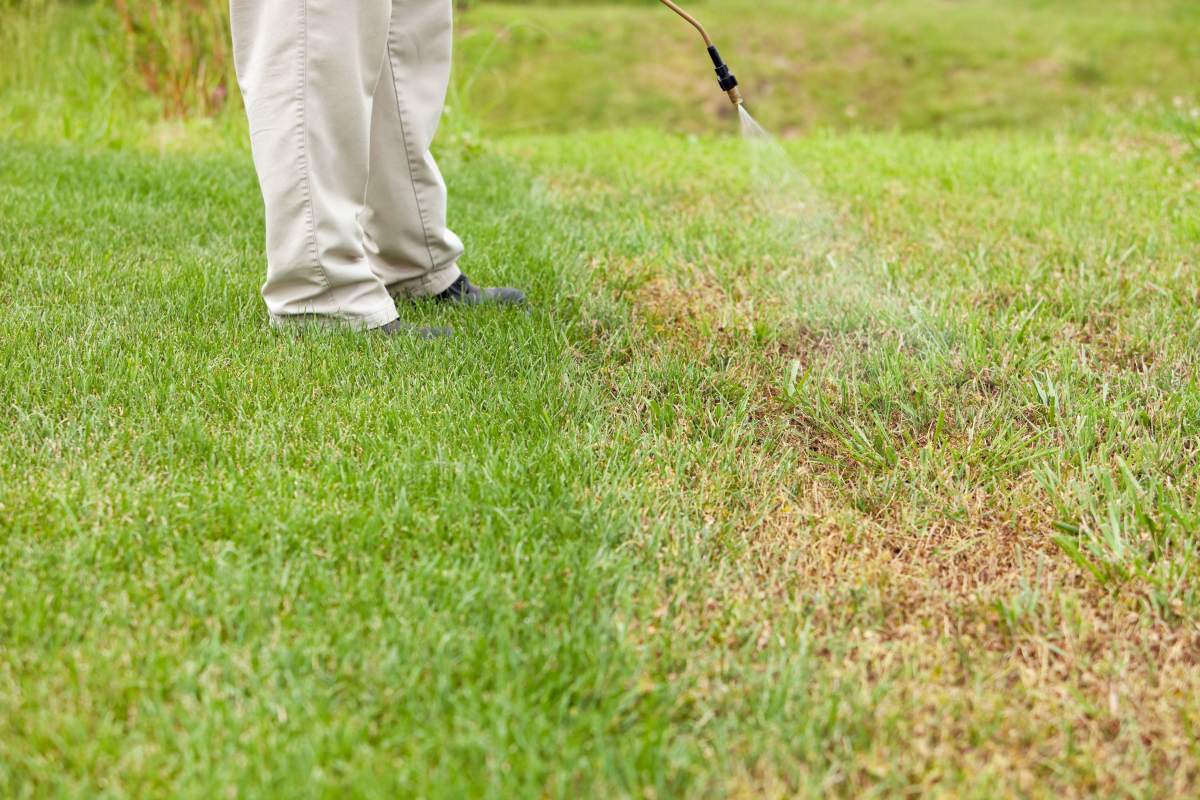
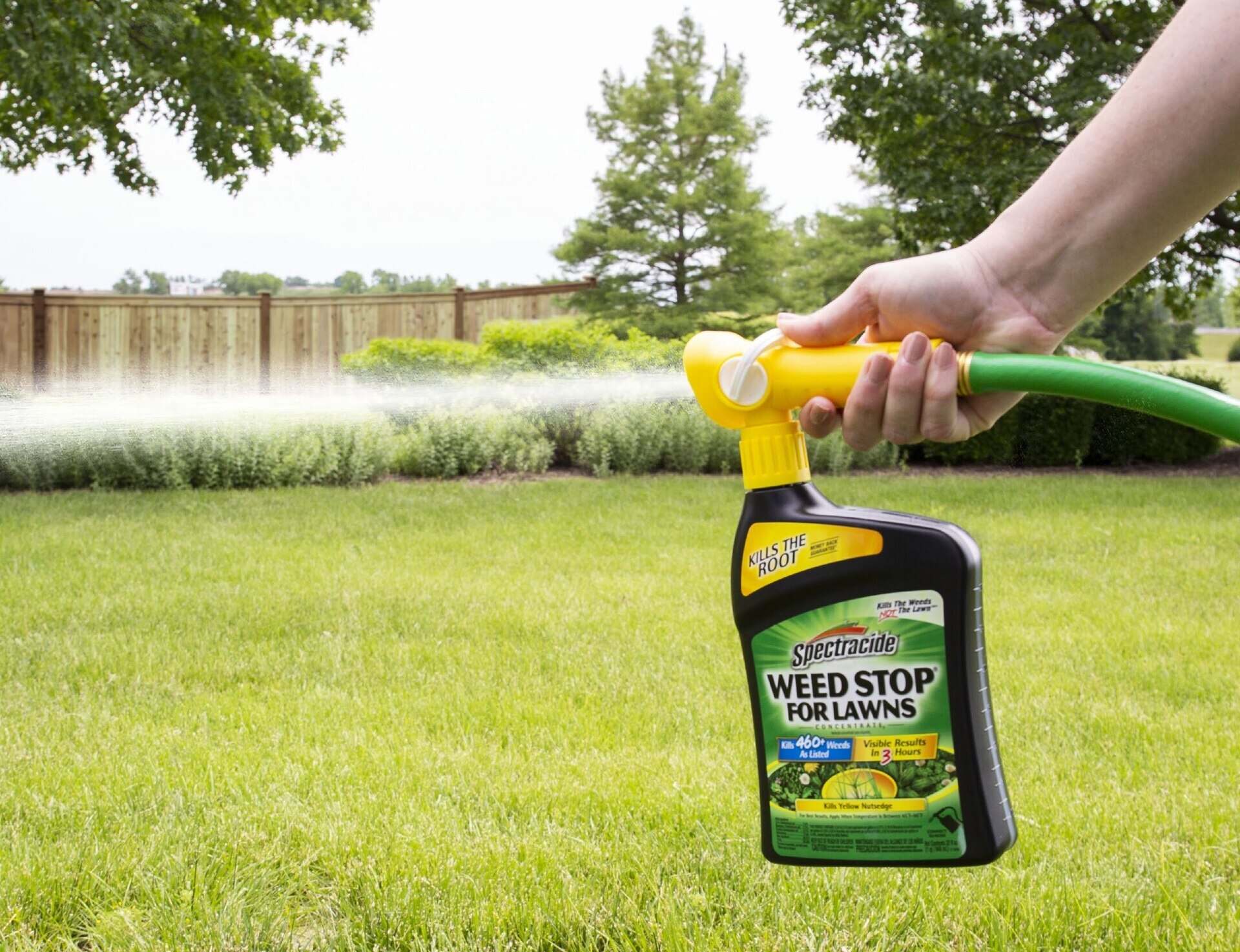


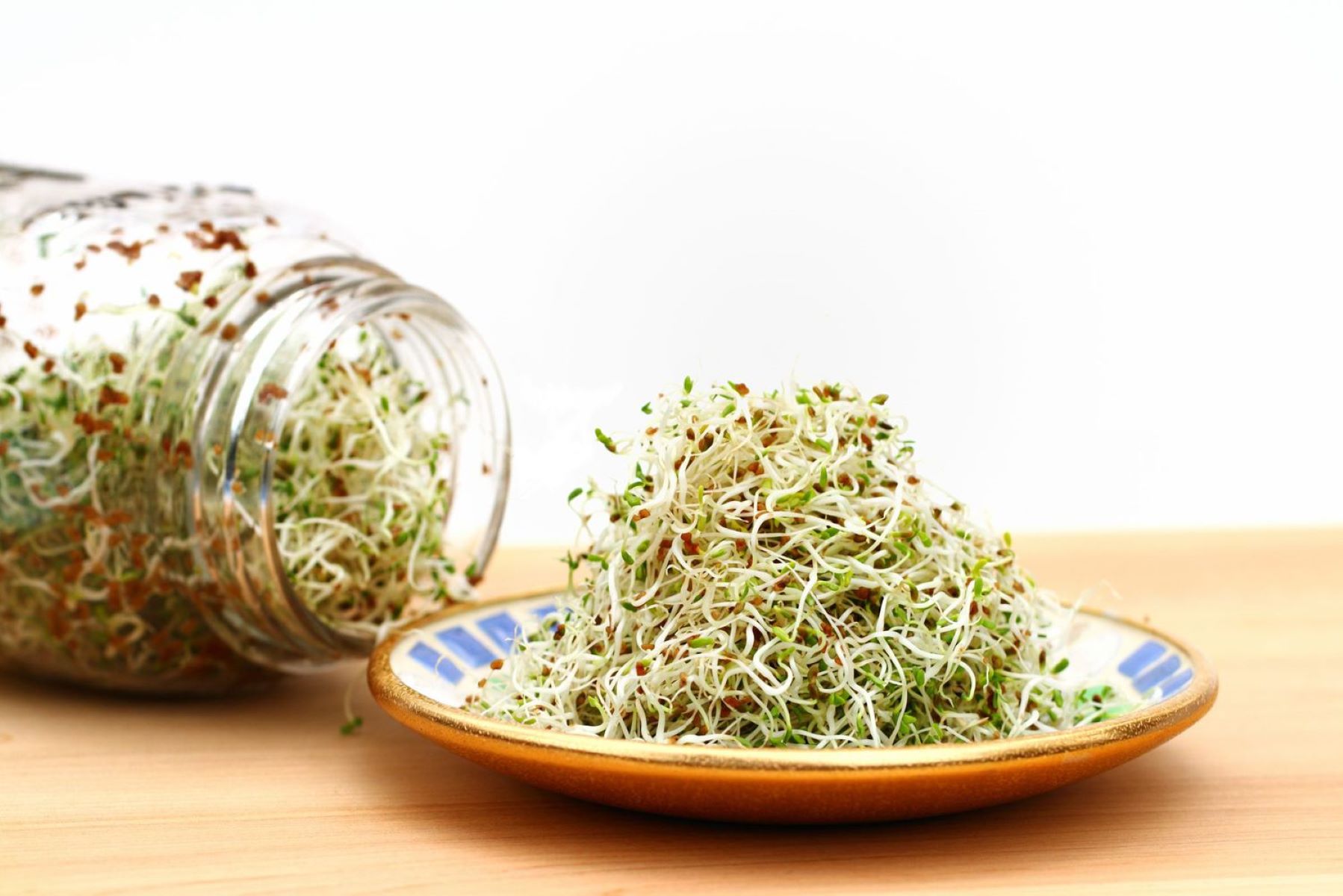
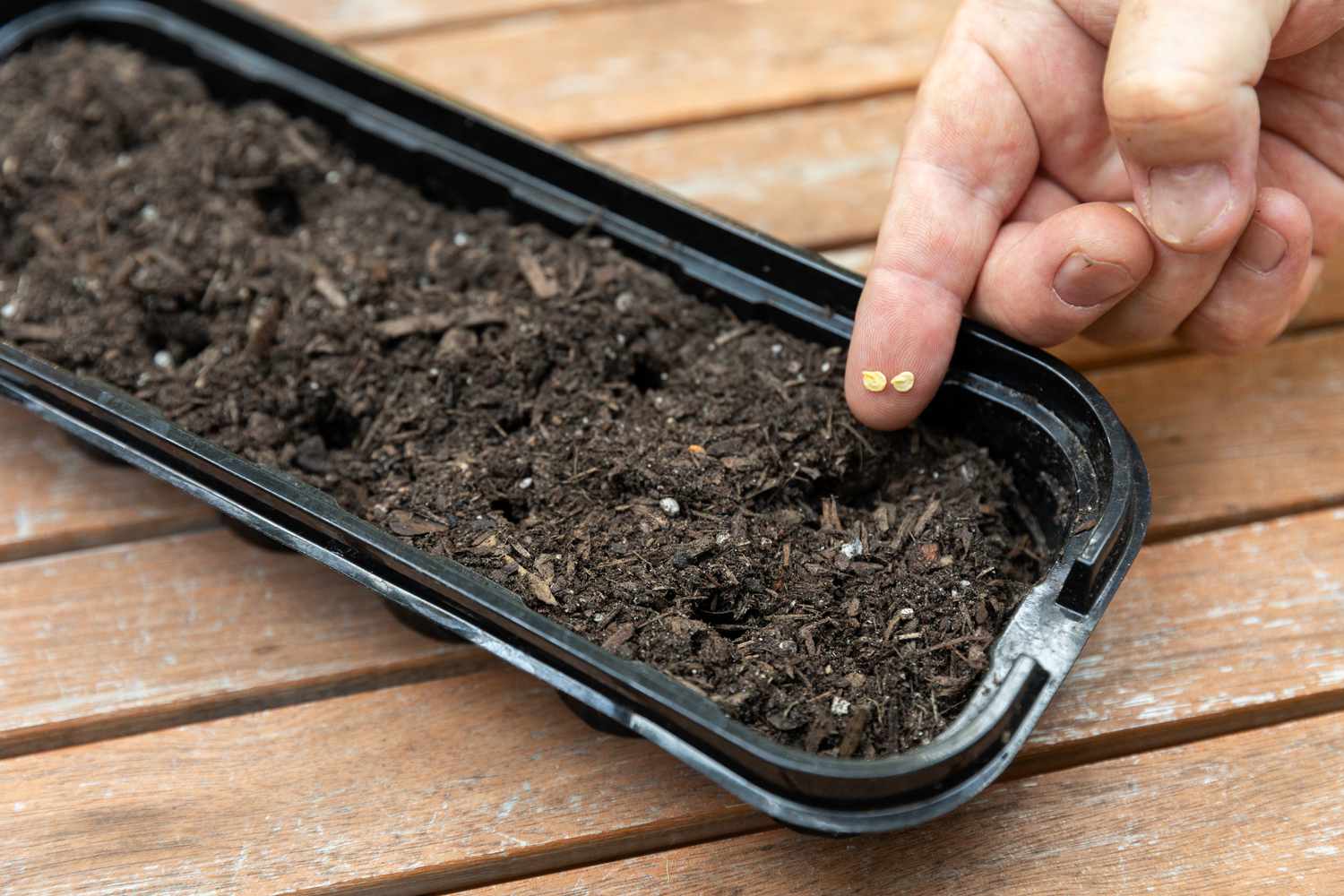
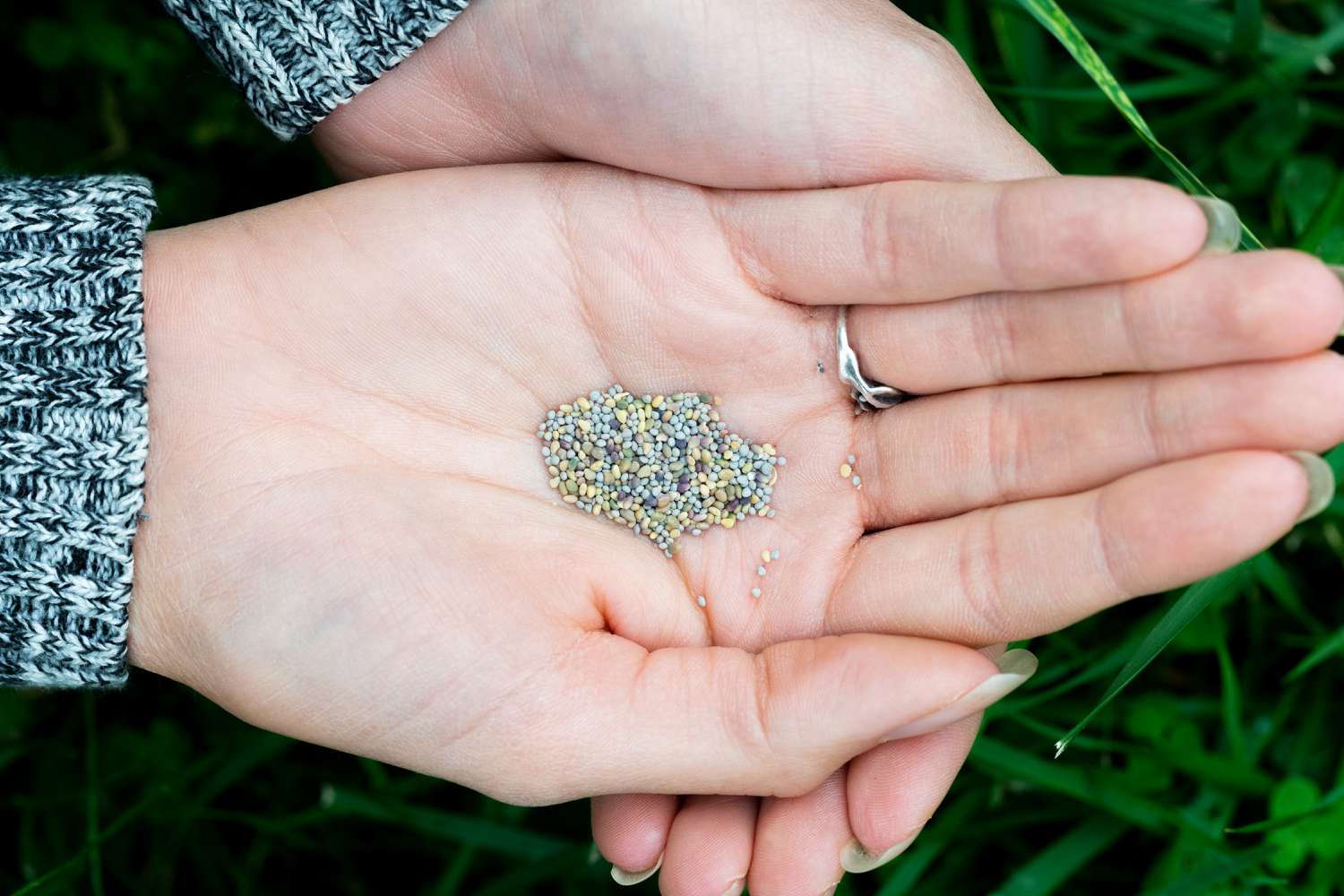
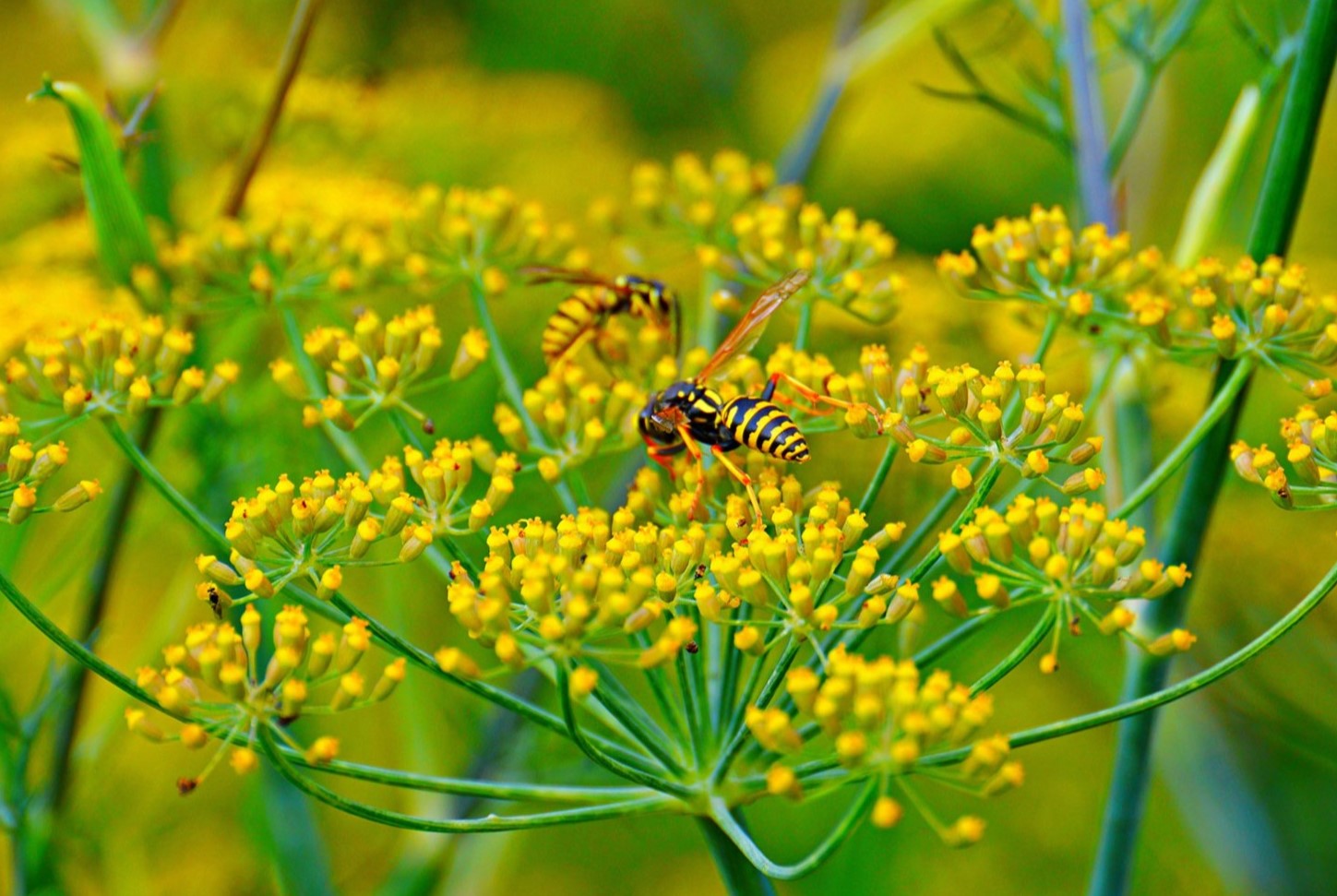
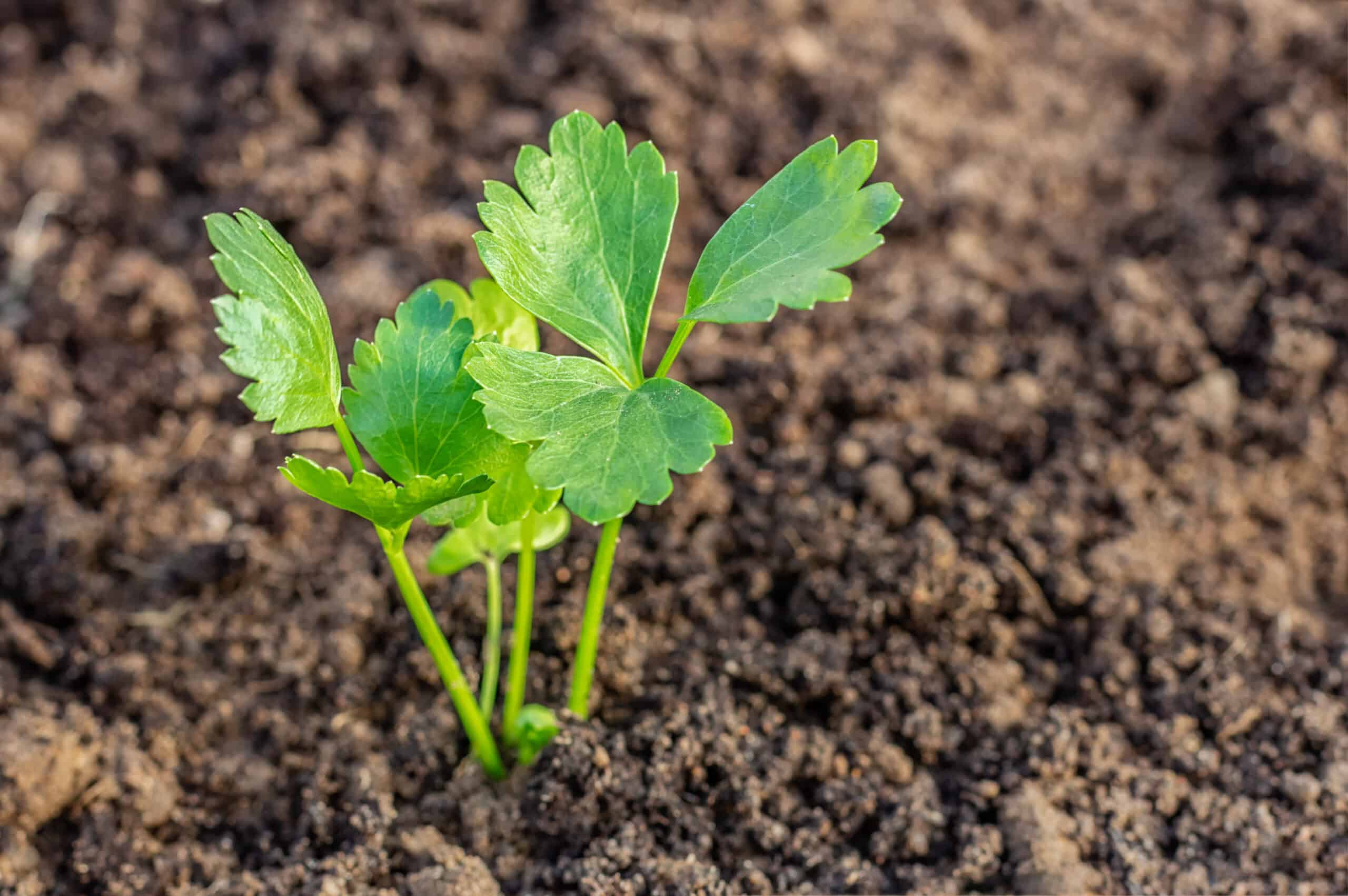
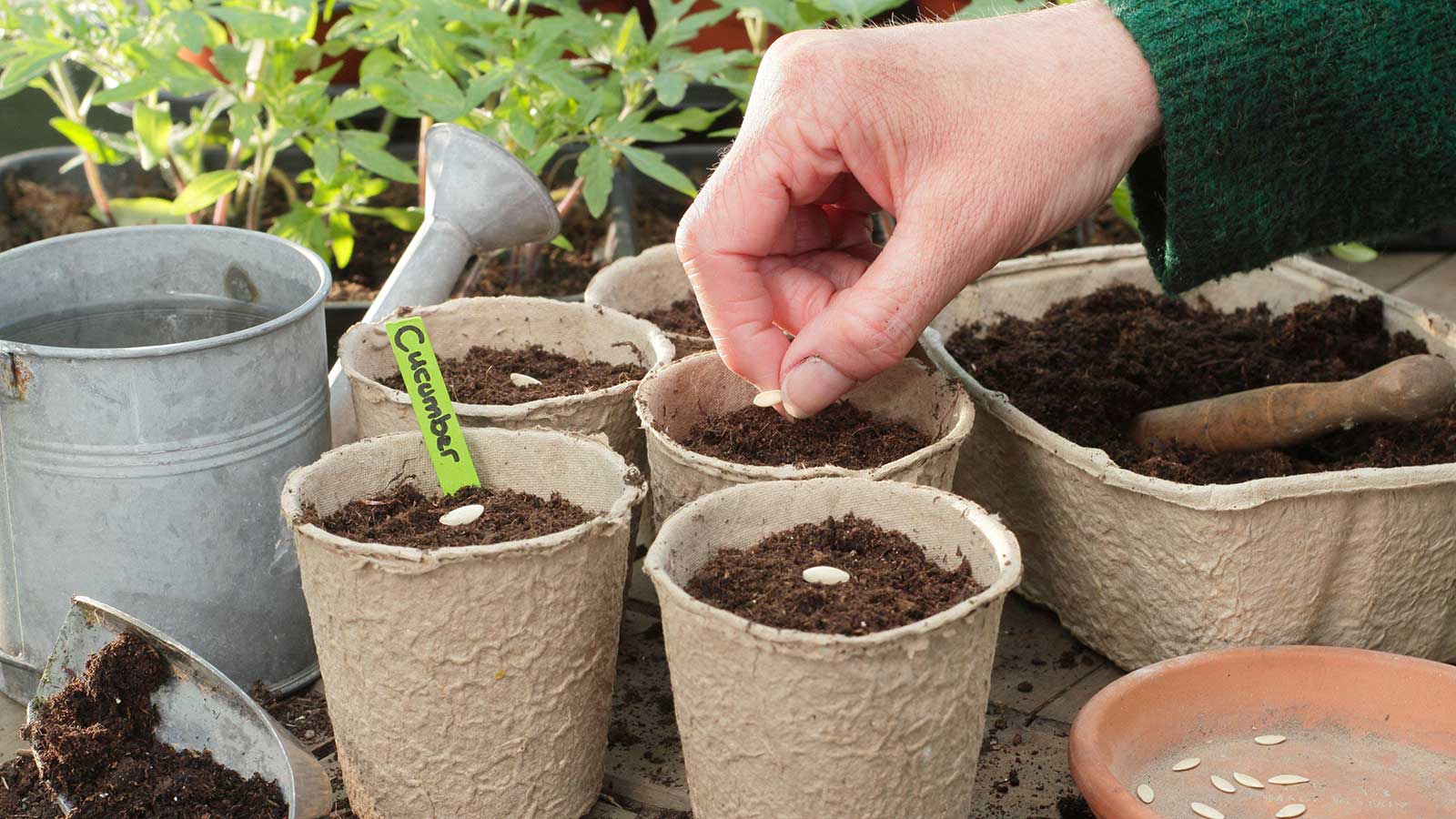
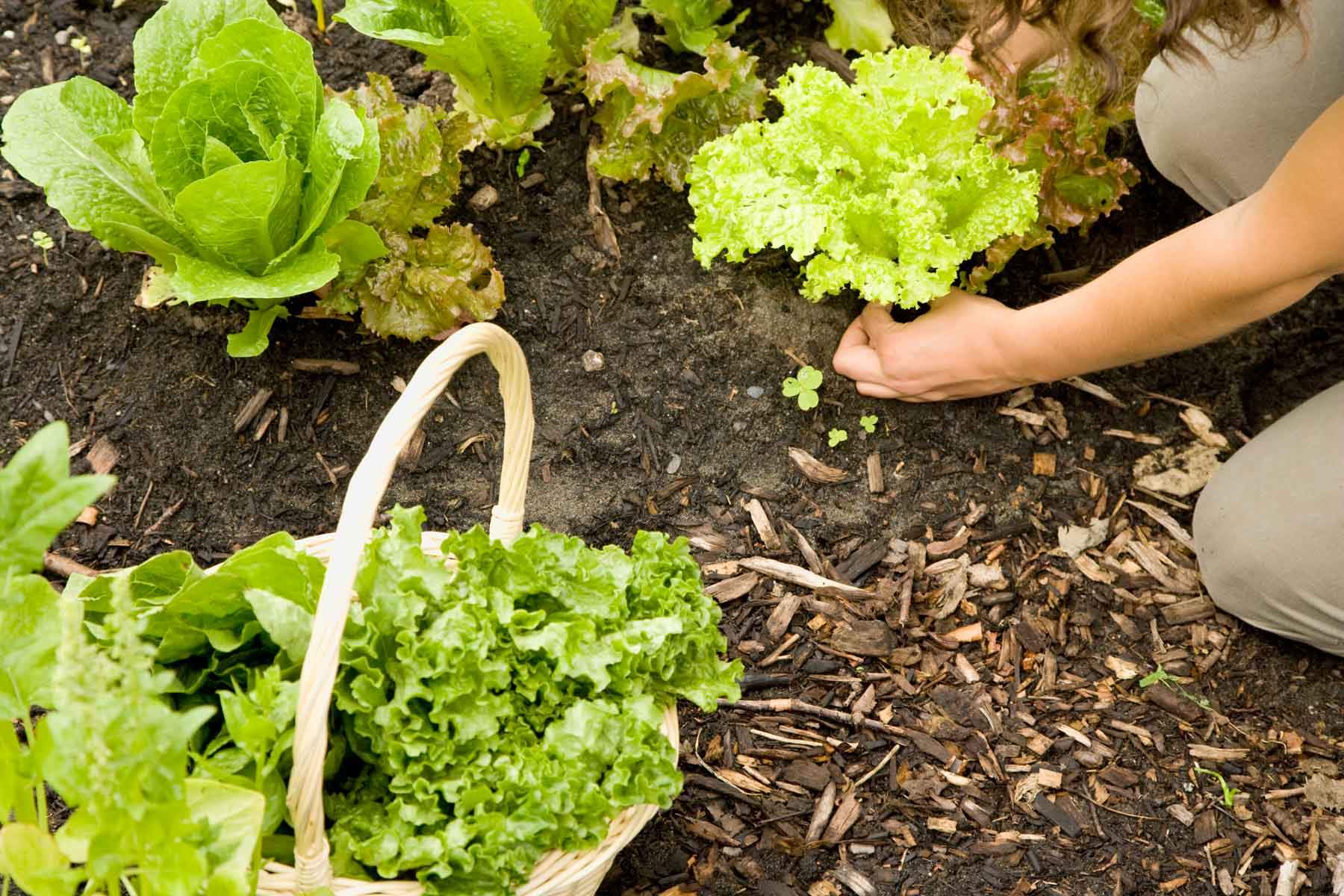

0 thoughts on “How Soon To Plant Grass Seed”